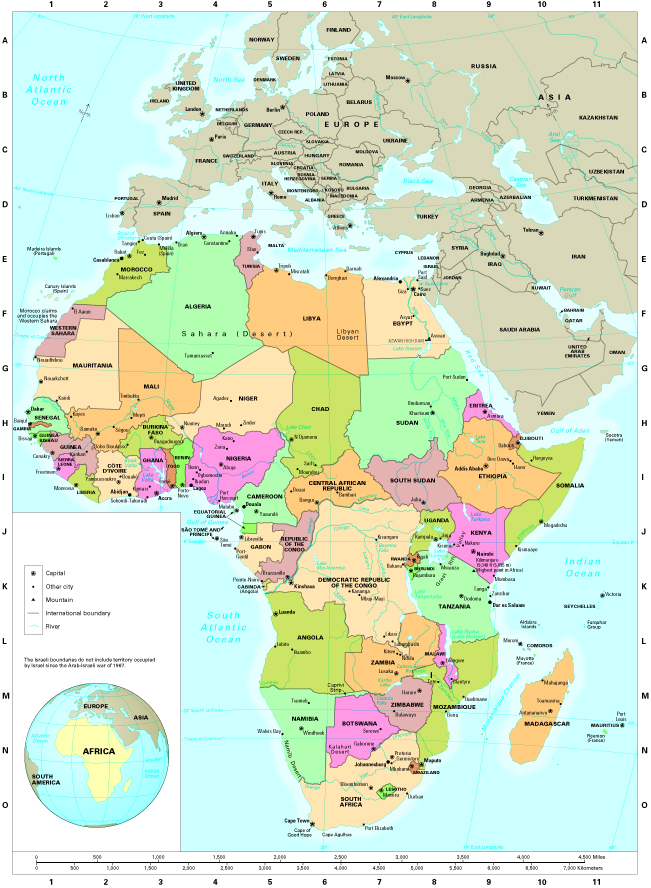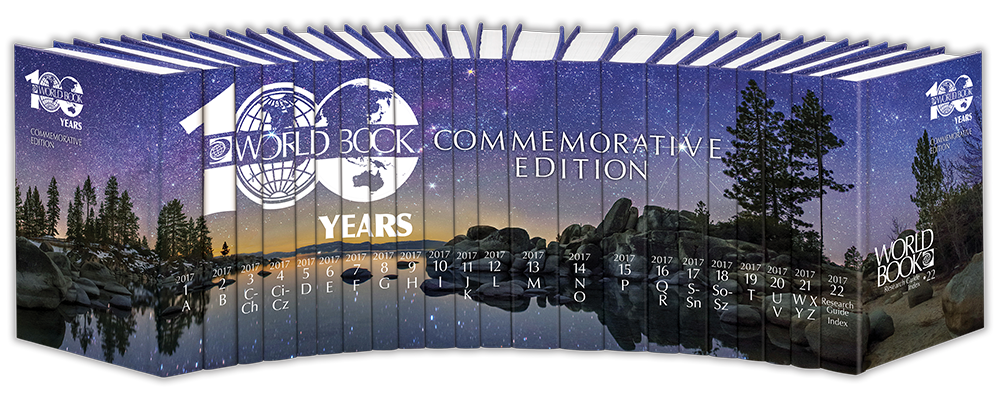When the first World Book was published in 1917, there were only two independent countries in Africa: Abyssinia (now Ethiopia) and Liberia. Together, they made up less than 5 percent of the land area of the continent. The rest of Africa was divided into colonies controlled by the European nations of Belgium, France, Germany, Italy, Portugal, Spain, and the United Kingdom.
Organized groups in some African colonies began demanding self-government early in the 1900’s. But a mass independence movement did not take shape until after World War II (1939-1945).
Some countries gained their independence relatively peacefully. In 1951, Libya, which was an Italian colony in 1917, became the first country in Africa to gain independence. In 1956, France granted Morocco and Tunisia independence. That same year, the United Kingdom granted Sudan independence as well. Other countries saw much bloodshed before their independence was granted. In Algeria, a bloody revolt raged against the French from 1954 until the country won independence in 1962. In Kenya, members of a movement called Mau Mau revolted against British control in the 1950’s. The revolt failed, but it contributed to Kenya’s eventual decolonization in 1963.

Today, Africa is divided into 54 independent countries. Several European countries still control a few small islands: the Madeira Islands (controlled by Portugal), Mayotte and Réunion (France), and Saint Helena (United Kingdom).
The 1917 article presents the story of Africa as one of contrasts. Like today’s World Book article, it provides a broad overview of the physical and cultural geography of Africa. The article rightly calls Africa the home of the world’s foremost civilization, Egypt. The article also describes how Africa “sank into barbarism” after the great ancient civilizations declined. Africa is described as exotic and largely untamed. Today, World Book recognizes the continent’s complex, yet unparalleled history, confronted with many challenges inherited from colonialism and brought by independence, but also with all the promise, fascination, and enormous beauty and potential that the people and land of Africa hold.
THE WORLD BOOK DIFFERENCE
Throughout the nearly 100 years
of publication of The World Book
Encyclopedia many things have
changed, but World Book’s dedication
to providing timely, reliable, and
readable educational and reference
materials has not wavered.
Today, World Book remains dedicated
to fostering a deep desire to learn
in students of all ages. In print and
online, World Book content is especially
crafted with young readers in mind
to help ensure that their commitment
to reading is rewarded with easily
understandable text that engages
and educates.
THE WORLD BOOK ENCYCLOPEDIA 2017
Celebrating 100 years of publication!
